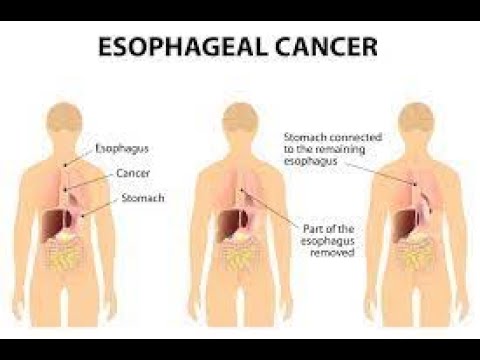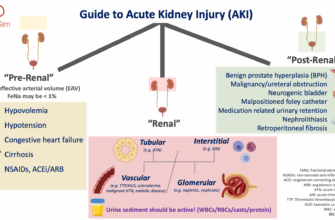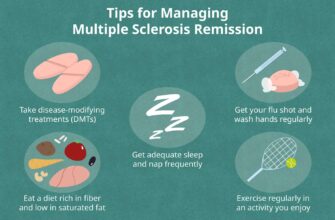A new endoscopic capsule offers a revolutionary, non-invasive approach to identifying esophageal cancer and precancerous conditions, potentially transforming diagnostic procedures.
For far too long, the journey to diagnose esophageal cancer has involved procedures that, while necessary, are often uncomfortable and invasive. Patients typically face endoscopies followed by biopsies – a process involving tissue extraction and subsequent lab analysis. While effective, it`s hardly an experience anyone looks forward to. But what if a diagnostic breakthrough could make this process as simple as swallowing a pill? Science, in its relentless pursuit of progress, seems to have delivered just that.
Researchers have unveiled a new endoscopic capsule, a true marvel of miniature engineering, designed to revolutionize the early detection of esophageal cancer. This isn`t just another camera on a string; it`s a sophisticated diagnostic powerhouse, integrating two advanced imaging techniques: Optical Coherence Tomography (OCT) and Optoacoustic Imaging (OAI). The initial pilot studies show a remarkable 91% accuracy in identifying precancerous and cancerous changes in the esophageal tissue – all without a single incision or the need for contrast agents.
Imagine a capsule, barely larger than a standard vitamin (12.5 millimeters in diameter), capable of performing a comprehensive, 360-degree scan of your esophagus. This tiny device, once swallowed, glides through, mapping the internal landscape with micrometre-level resolution. It`s then retrieved, leaving behind a detailed 3D blueprint of the tissue. This ingenious method leverages the strengths of both integrated technologies. OCT provides a clear, high-resolution view of the mucosal structure – essentially, the `architecture` of the lining. Complementing this, OAI delves deeper, up to 1.5 millimeters, by mapping the vascular network. This is achieved by detecting light absorbed by hemoglobin, which, as it turns out, paints a very distinct picture of health versus disease.
The true genius lies in this dual-modality approach. Separately, OCT and OAI offer valuable insights, but their combination creates a synergistic effect, proving vastly more effective than either method alone. This powerful duo allows researchers to distinguish with impressive precision between healthy tissue, metaplasia (early abnormal changes, like Barrett`s esophagus), dysplasia (more advanced precancerous changes), and early-stage cancer. It`s akin to having two expert opinions, each confirming and enriching the other.
One particularly insightful discovery from this research highlights the capsule`s ability to differentiate between superficially similar but biologically distinct tissue types. Using OAI, scientists could pinpoint the characteristic vascular patterns of tumors – those tell-tale twisted vessels surrounding areas deprived of blood supply. This specific `vascular fingerprint` is crucial; it enables the capsule to distinguish early cancer even from complex forms of metaplasia, which can often be a diagnostic challenge for conventional methods. It`s a bit like a detective finding a unique identifier at a crime scene, eliminating all other suspects.
This technological leap holds immense promise, particularly for individuals at higher risk, such as those with Barrett`s esophagus. This condition significantly increases the risk of developing esophageal adenocarcinoma, making regular, thorough screening paramount. The developers envision this technology as a potential replacement for invasive biopsies, possibly becoming the new gold standard for screening. The prospect of replacing an uncomfortable and somewhat risky procedure with a simple swallow-and-retrieve capsule is, frankly, exhilarating for both patients and clinicians.
Of course, like all groundbreaking innovations, this capsule still has a journey ahead. While the initial results are overwhelmingly positive, widespread adoption hinges on further clinical trials. Proving its efficacy and patient comfort in larger studies, perhaps even demonstrating its use without the need for sedation, will be key to its integration into routine medical practice. Yet, the foundations have been laid for a future where early detection of esophageal cancer is not just highly accurate, but also remarkably patient-friendly. The path to a healthier future, it seems, might just be a small, smart capsule away.







